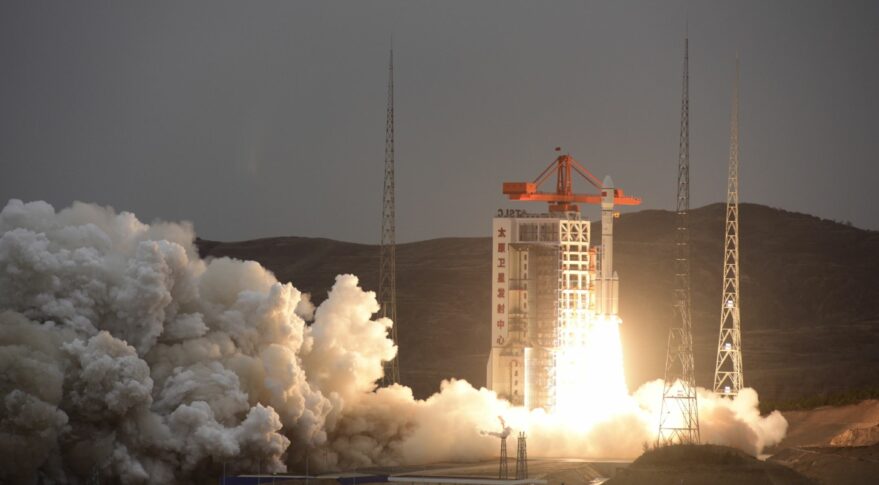China has launched its first Long March 6A from a new launch pad at Taiyuan on Tuesday, March 29. The country has sent two satellites into orbit.
The Long March 6A rocket launched both of its payload satellites into sun-synchronous orbit (SSO) during its maiden orbital flight. The mission is led by the China National Space Administration (CNSA).
The Tiankun-2 satellite was developed by the Space Engineering Group under the second academy of the China Aerospace Science and Industry Corporation (CASIC) for space environment detection. The Pujiang-2 satellite was developed by the Shanghai Academy of Spaceflight Technology (SAST) for “scientific experimental research, land and resources census and other tasks.”
The new Long March 6A has the capacity to launch four tons to an altitude of 430 miles. According to SAST, the new launch broke new ground by combining liquid and solid propellant stages.
The CNSA has been working hard to bridge the gap between itself, NASA, and Roscosmos to become one of the world’s leading space powers. The new launch was China’s seventh of 2022, and the country’s space agency aims to carry out more than 50 launches throughout the year. This also includes the six required to complete its space station.

The Long March 6A maiden launch was also the inaugural mission for a new launch facility built specifically for the Long March 6A in Taiyuan, north China.
The agency also recently announced it is developing a nuclear fission reactor for the Moon that it claims will be 100 times more powerful than one under development by NASA.


